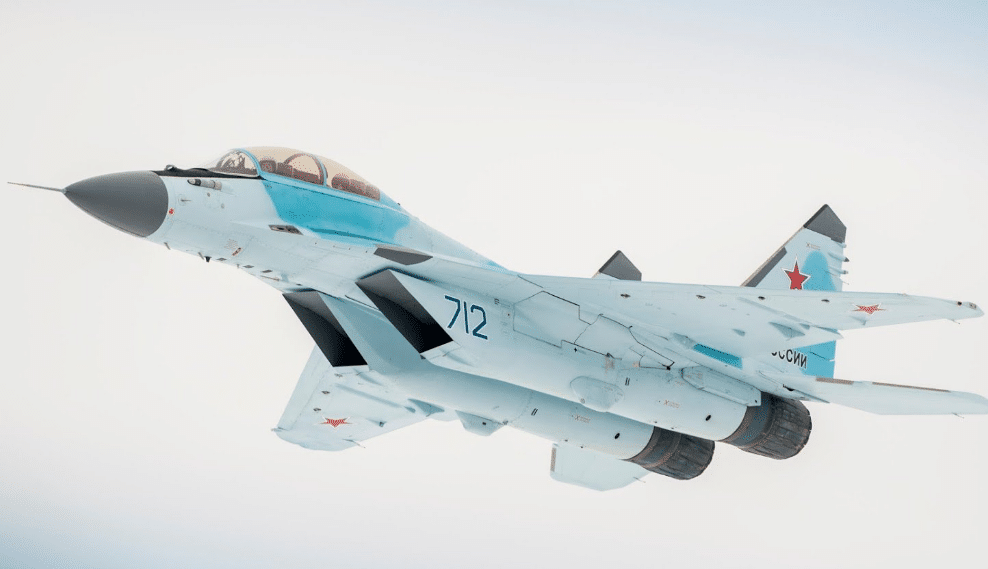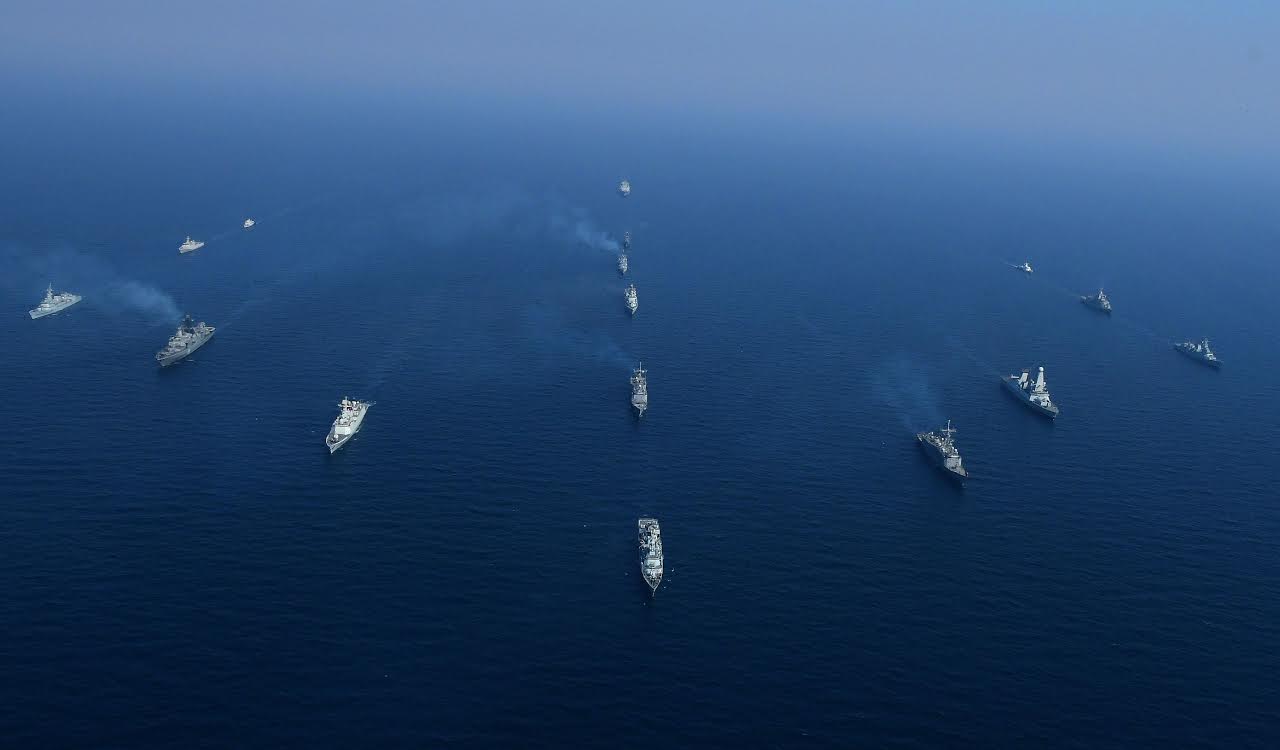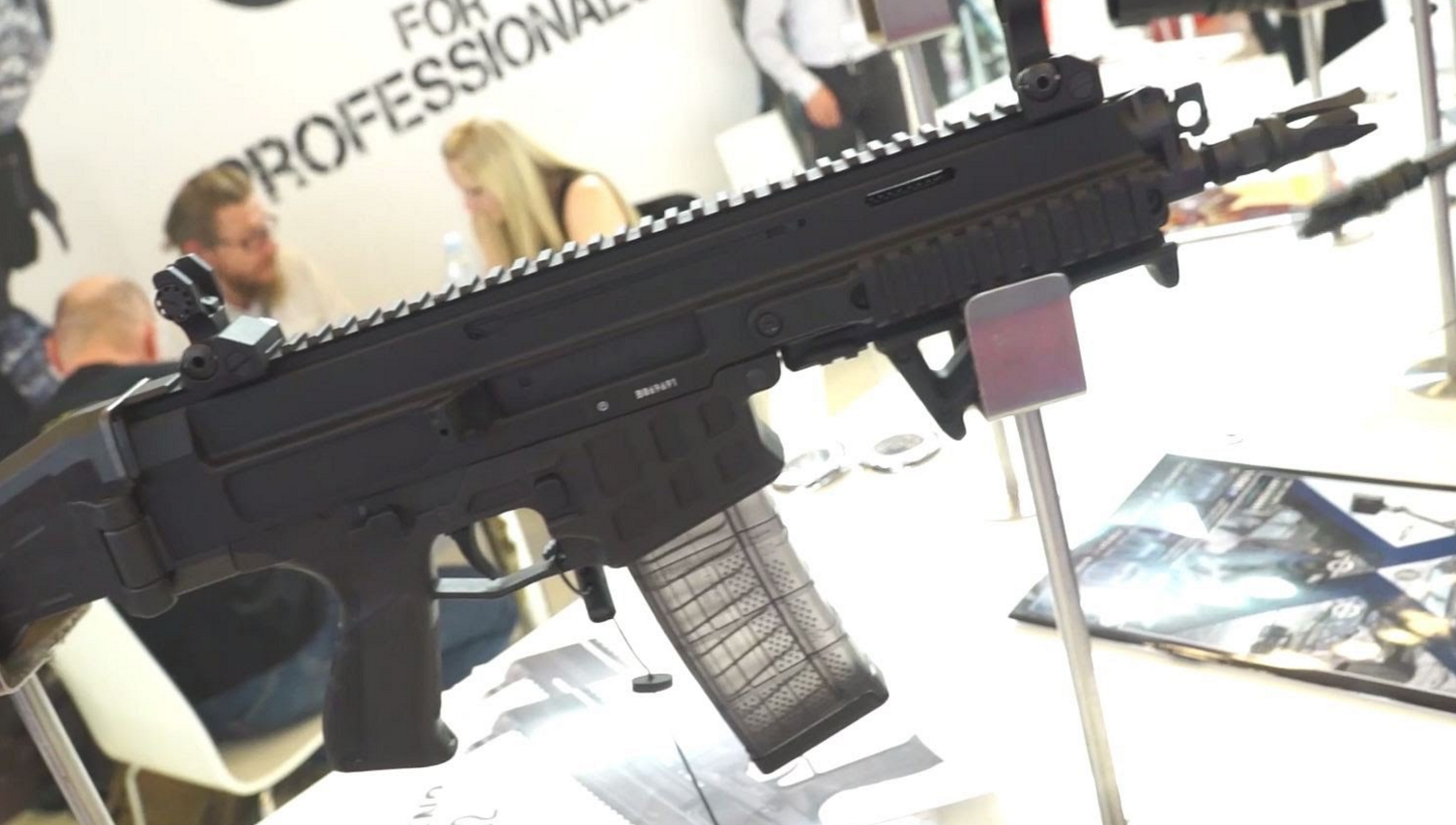39Views 10Comments

United Aircraft Corporation launches the Mikoyan MiG-35
United Aircraft Corporation (UAC) officially added the Mikoyan MiG-35 multi-role fighter to its marketable product catalogue for prospective domestic and overseas customers.
Being Russia’s first active electronically-scanned array (AESA) radar-equipped fighter available for export, UAC launched the MiG-35 with considerable excitement from the Russian government and armed forces.
President Vladimir Putin remarked that the MiG-35 has “good export potential” thanks to the customer base built with its predecessor, the MiG-29 Fulcrum.
The Commander of Russia’s Aerospace Forces (VKS) Colonel General Viktor Bondarev added that the MiG-35 is a fit for counterinsurgency (COIN) operations thanks to its ferry 3,500 km range and its ability to deploy precision-guided air-to-surface munitions.
As per Bondarev, the MiG-35 will be the benchmark for the VKS’ next mainstay lightweight fighter.
UAC will also renew its MiG-35 offer to India, which is now seeking 57 carrier-borne fighters for its Navy, and that is in addition to up to 200 medium-weight (ideally single-engine) fighters for the Indian Air Force.
Notes & Comments:
The MiG-35 is the latest addition to the venerable Fulcrum-line, which is a mainstay as well as top-tier fighter for dozens of air arms worldwide. An export-centric design, Mikoyan had intended to configure the MiG-35 with a mix of Russian and European subsystems, such as the Thales TopOwl-F helmet-mounted display and sight (HMD/S) and Elettronica ELT/568(v2) jamming pod.
Given the current state of Russia’s ties with its Western neighbours, it is not clear if those systems are on offer by default, though an able customer (e.g. India) should have no trouble integrating such systems (and others) to the platform.
The MiG-35 is powered by two RD-33MK turbofan engines, which offer a higher thrust-rating (7-10%) than its predecessors as well as a smokeless exhaust and full-authority digital engine control (FADEC). As per UAC, the MiG-35’s operating range is 50% longer than that of the MiG-29. It also benefits from a fly-by-wire flight control system (potentially contributing to freeing space internally for fuel and reducing the MiG-35’s weight – enabling to fly farther than the MiG-29).
UAC’s General Designer Sergei Korotkov said that the Zhuk-AE AESA radar is capable of “detecting and tracking 10 to 30 targets at a time at a distance of 160 kilometers.” As with AESA radars in general (due to its high number of active phased-array transceiver modules), the Zhuk-AE benefits from strong electronic counter-countermeasures (ECCM) for protection against enemy electronic warfare (EW) and electronic countermeasures (ECM) jamming.
If the MiG-35’s all-in unit cost (flyaway cost and cost of maintenance, logistics, and training) is in the range of Egypt’s apparent MiG-29M/M2 order – i.e. USD $45-50 million – then the MiG-35 would be a compelling fighter solution, especially in the developing world market. The VKS’ apparent intent to supplant its MiG-29 fleet with the MiG-35 would scale the platform (i.e. help reduce the unit cost by distributing the development overhead) and bring momentum for prospective customers.


